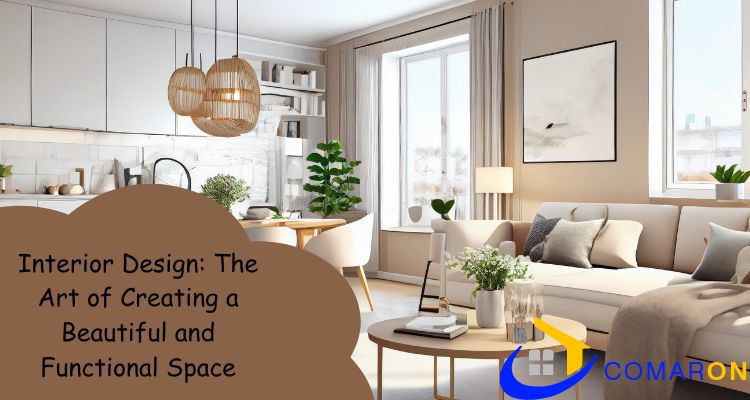
Image by benzoix on Freepik
Interior design is the art and science of creating a beautiful and functional space. It involves selecting and arranging furniture, lighting, and other decorative elements to create a cohesive and visually appealing look that is influenced by personal style, the size and layout of the space, and the desired level of comfort and functionality.
There are many different styles of interior design, each with its own unique look and feel. Here are some of the most popular styles include:
No matter what style you choose, there are a few basic principles of interior design that you can follow to create a beautiful and functional space. These principles include:
By following these basic principles, you can create a beautiful and functional space that reflects your personal style.
With a little planning and effort, you can create a beautiful and functional space that you'll love spending time in.
Transform Your Home with Interior Work: Home Improvement